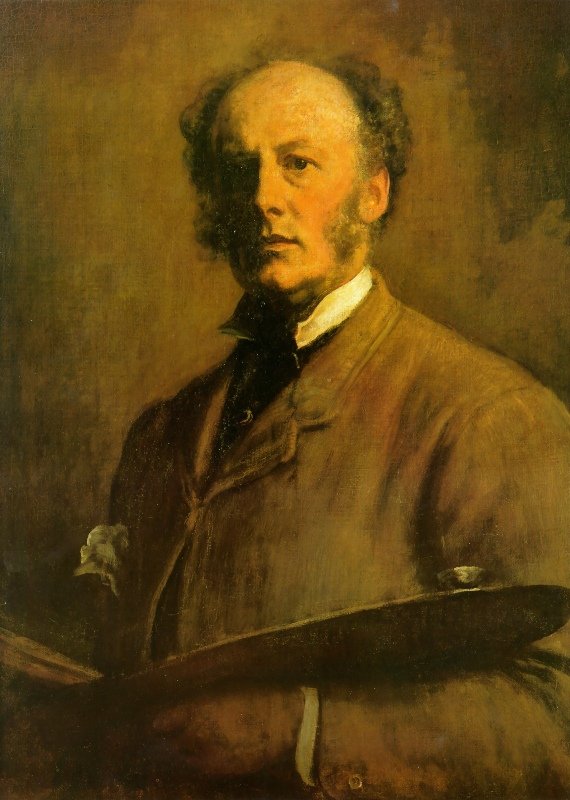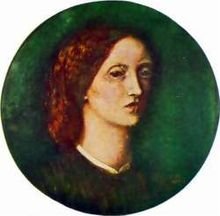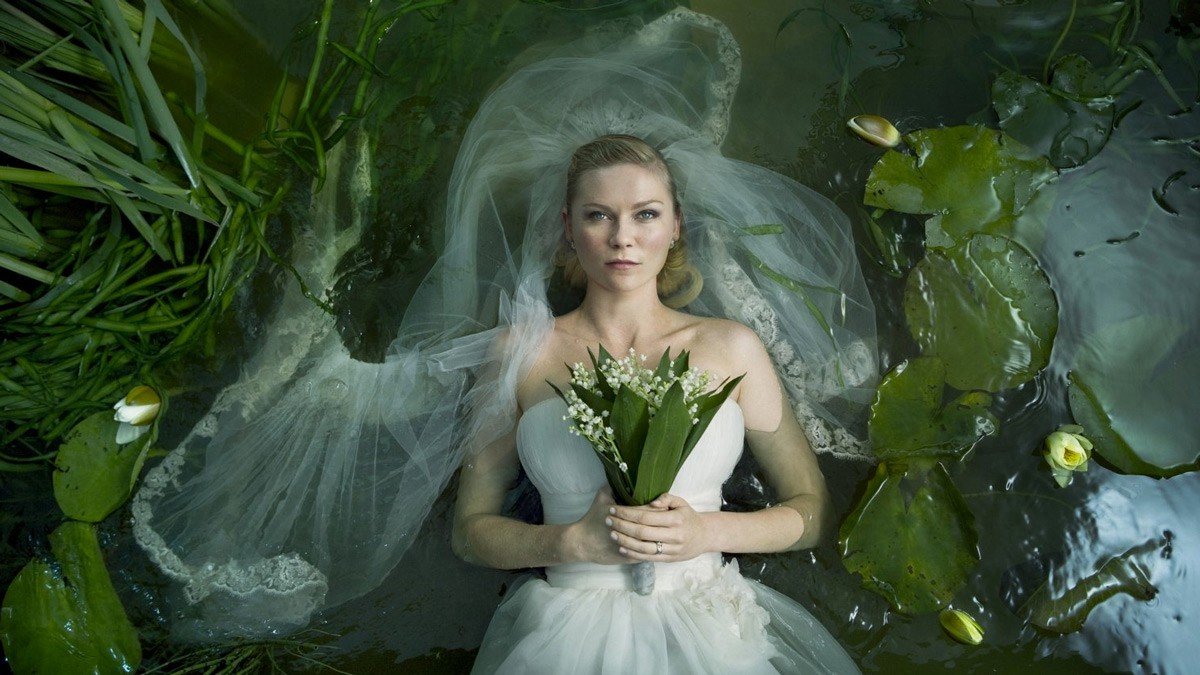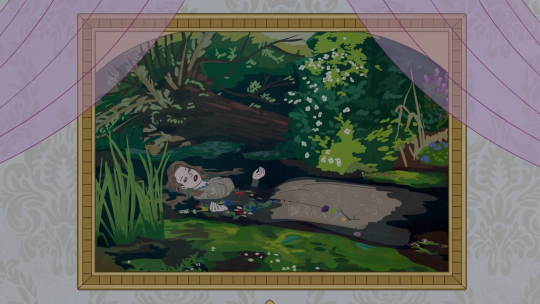¡Hi, Steemians!
I bring to you another famous work of art's analysis.
Today it's this emblematic painting about a poetic death.

Author: John Everett Millais (1829 - 1896)
Title: Ophelia
Year: 1851 - 1852
Technique: Oil on canvas
Dimensions: 76.2 cm × 111.8 cm
Colection: Tate, London
This painting by Millais represents the scene of Ofelia's death, a character in Hamlet, one of William Shakespeare's most recognized plays, which is described in Act IV, Scene VII, by Queen Gertrude.
Shakespeare was one of the favorite sources for Victorian painters, and the tragic and romantic figure of Ophelia was an especially popular subject.
This scene was made to be represented, since in the play this event is only narrated by one of the characters, offering just enough details to the imagination so that an image of the moment is forged.

As described by the scene, Ophelia, depressed by her father's murder in the hands of Hamlet, falls into the river when a branch of the willow, on which she had climbed, breaks.
Gertrude narrates that Ophelia seemed "incapable of her own distress", as it may happen to a crazy person. For representing a peaceful, romantic death, where Ophelia sings and drowns surrounded by flowers, is recognized as one of the most poetic death announcements in literature.
Instead of agonizing, Ophelia (which means "help" in greek), dedicated herself to sing until drowned.
An exaggerated level of detail is present throughout the painting, characteristic of ** [realism] (https://en.wikipedia.org/wiki/Realism_(arts)) , as well as the protagonism of women is characteristic of the [ Pre-Raphaelite Brotherhood ] (https://en.wikipedia.org/wiki/Pre-Raphaelite_Brotherhood), to which Millais belonged and which separated when he was elected as a member of the [ Royal Academy **] (https://en.wikipedia.org/wiki/Royal_Academy_of_Arts).
Bright colors that respond to a warm light dominate the scene, contrasting with the pale tones of the woman's face and dress, whose position, floating at the mercy of the river, generates visual tension.
In the represented flowers there is a deep symbolism, which expresses death, love in vain, pain, innocence and faith.

The painting process consisted of two parts:
The landscape: He painted it in front of Hogsmill river in London, surrounded by annoying flies, working 6 days a week, 11 hours a day, for a period of 5 months. During the winter he had to refuge in a hut he found, which he said made him feel like Robinson Crusoe, so he ordered to make an identical one for himself.
Ophelia: She was modeled in her studio by the artist and muse Elizabeth Siddal (19 years old), who later married Dante Gabriel Rossetti, Pre-Raphaelite colleague of Millais.

CURIOUS FACTS
Siddal had to lie down, fully clothed, in a full bathtub, with oil lamps underneath to heat the water. The lamps went out one day, causing the model to catch a severe cold, for which her father demanded Millais an additional payment for medical expenses.
This painting initially had negative criticism, however, it became extremely popular as a result of a fervent recognition of the work by Salvador Dalí.

The painting is evoked in the prologue of Melancholia by Lars von Trier, where Kirsten Dunst's character, Justine, floats in a slow current.
In the S03E11 of BoJack Horseman, in the episode titled That's too much, man!, the camera zooms out from the painting above the bed of one of the characters, Sarah Lynn, in which she represents Ophelia in the painting of Millais.

Thank you for reading!
Let me know what caught your attention the most!
Please feel free to suggest a work of art or artist for a new post.
